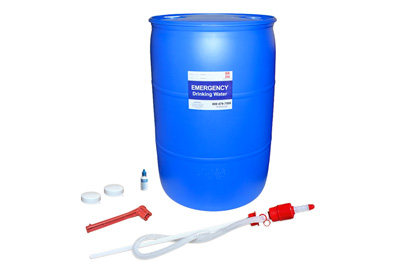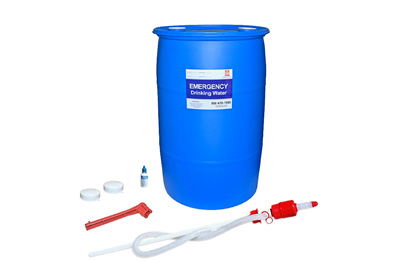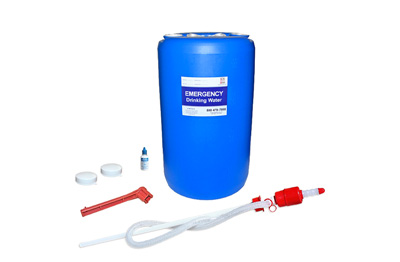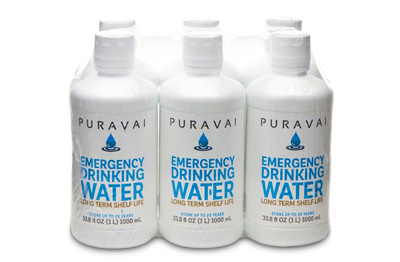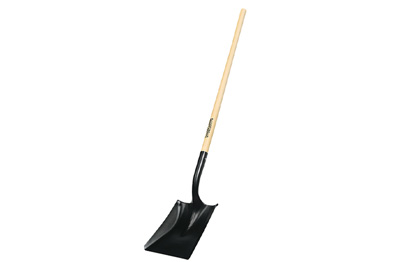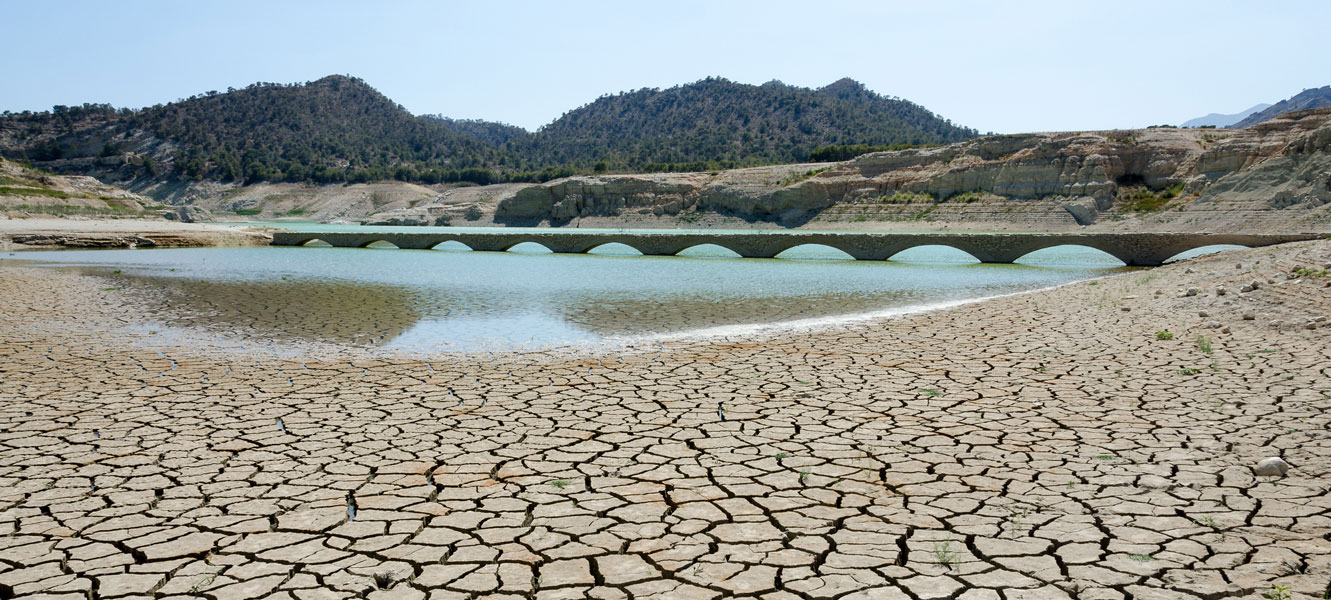
All About DroughtsWednesday, June 2, 2021 Due to climate change, nearly every part of the United States will experience a period of reduced rainfall this year. While droughts can be stressful for a number of reasons, preparedness is the key to surviving drought season. Read on to learn more about what droughts exactly are, how they affect us, and what we can do during dry times. What is a Drought?To put it simply, a drought is a period of unusually dry conditions that results in water-related economic problems. For a farmer, a drought is a period of low rainfall that impedes growth of the crops they’re cultivating. For a water manager, a drought is a water-supply deficiency period that negatively affects water availability and water quality, as in a hydrological drought. A meteorological drought is usually recognized by a lack of precipitation and low streamflow. Drought RegionsAlmost all parts of the country experience droughts at some point. To check if your hometown or state is experiencing a drought right now, you can check the University of Nebraska Drought Monitor Map here. Some states are much more likely to experience drought than others. At the top of the drought-prone list are Texas, Oklahoma, Arizona, Kansas, New Mexico, Nevada, and California, with Southern California especially known to have some of the worst drought conditions in the nation. And with climate change, these droughts may only get worse. Can Droughts Be Prevented?Yes and no. While you obviously can't control the weather, you can help preserve water so there's a sufficient reserve during dry months and the stress on your area isn't as severe. There are lots of ways to do this, but a few of our favorite tips are:
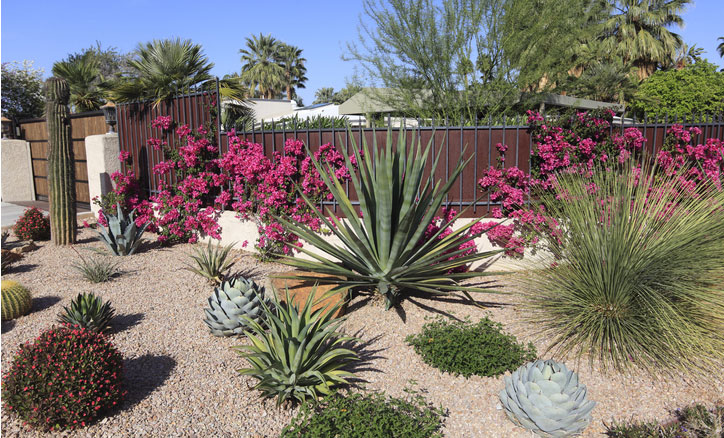
Worst Case ScenarioWe could all sit back and do nothing during drought season, but this has some serious consequences. Water scarcity means more than just shorter showers, brown grass, and dirty cars. According to the United States Food and Agriculture Organization, severe drought destabilizes the food supply and threatens food availability. As a result of agricultural drought, prices increase, livelihoods are lost, purchasing power plummets, and human health is endangered. Something as simple as soil moisture can lead to severe socioeconomic drought. Drought impacts everyone. In 2015, for example, according to drought monitoring authorities, California suffered a severe drought, and over 560,000 acres of farmland went unsown as farmers had to cope with water shortage. That's a lot of food that never arrived in grocery stores. What Can I Do to help?Nobody wants to experience the devastating effects of a worst case scenario situation. When water levels drop, extreme drought is inevitable. With global warming, drought severity will become more intense. We'll be seeing more extreme weather and heat waves. Due to climate change, certain regions will experience less rain, warmer temperatures, and dry weather, and seasonal drought periods will become longer. No one wants to have another Dust Bowl. Luckily, there are lots of things we can all do to help today. In addition to taking preventative measures before drought season is upon you, making small habitual changes during droughts can really help on a macro scale, especially as global warming creates a more dire situation. Self-Imposed Water RestrictionsIf you must wash your car, look for a commercial car wash that recycles water (they're more common than you might think). If you have to water your lawn, do so early in the morning or late at night when temperatures are cooler to prevent waste through evaporation. Remember that most of the year lawns only need one inch of water per week. If your grass springs back up after your step on it, it doesn't need to be watered. Try to make a conscious effort to reduce your use of water whenever you can. Ask the waiter to not bring water at restaurants if you know you won't be drinking it. Turn off the water while brushing your teeth. Only use the washing machine for a full load. While it might seem like these changes only save small amounts of water, every drop adds up immensely, especially when we all work together to save. Droughts happen, but if we educate ourselves about them, we can greatly reduce our human impact and help preserve water reservoir levels. Working together is key to maintaining a safe water supply and good quality of life for everyone. For more information about drought preparedness, visit us at SOS Survival Products. |




